Every so often I visit a club that really seems to click with me. I immediately leave those clubs with a renewed love for the game, and more often than not, I’m also mentally jigging my budget to see if I could afford the dues!
Lookout Mountain was one of those clubs. I made the visit to Lookout with two golf buddies and we stayed in an Air BnB a few minutes from the course. We were in the area to play The Course at Sewanee, Sweetens Cove, Black Creek, and the Honors Course, but Lookout Mountain was our home base, and we ended up playing the course more than three times.
The area is idyllic and packed with character, with views looking over Chattanooga, Tennessee. The homes are old and grand and many of the people that you meet throughout the day have spent their whole lives on the mountain. We were only there for a long weekend, but they place captures your imagination and the locals’ love for the area is contagious.
Lookout Mountain Golf Club came onto my radar a few years ago when reading about Seth Raynor’s work in the southeast US. I was immediately intrigued by the club due to its unique background with Raynor. The club was founded as the Fairyland Golf Club in 1925, with plans to build a large resort that would compete with the likes of Pinehurst and the Greenbrier.
Fate had other ideas, though, and at a point just after laying out the course design, Raynor died of pneumonia. Charles Banks completed the golf course in 1927, doing everything he could with the granite-based land and drawings from Raynor. At that point the course was already one of the most expensive to build in the US, and then the Great Depression hit the area. Plans for a large resort on Lookout Mountain were scrapped, and the golf course nearly closed.
Following the Great Depression, Fairyland Golf Club was reestablished as Lookout Mountain Golf Club and the course lived without tapping its full potential. It wasn’t until many years later in 1995 that the club realized what they had in their course. A committee was formed to assess the situation, and they did a tremendous amount of research on Raynor. They also had original drawings and plans from Raynor himself, which proved that the course had been altered substantially over the years.
Brian Silva was brought in to renovate the course based on those drawings and the results are largely what we see today. That said, further plans exist to restore more of Raynor’s features, including renovated the Short green, lengthening the Biarritz green to include the swale, and more.
The very brief history that I have included here doesn’t do the club justice. I strongly recommend that you read both the history on the club’s website, and the history of the course on Golf Club Atlas.
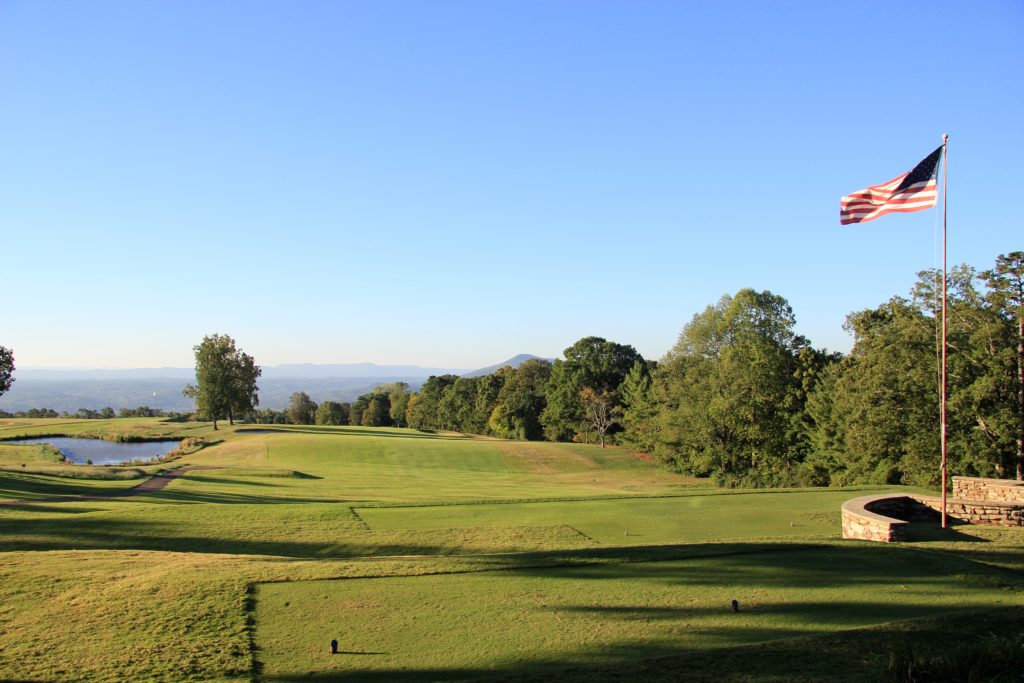
Today, the course feels like a “mountain links.” The two words may seem like polar opposites, but I have played few other inland that play more like a links. In October the greens were extremely firm and fast, and running approach shots were the only way to hold many greens. Just when you looked up expecting dunes and ocean, you’re met with expansive mountain views.
The greens at Lookout Mountain were the most difficult to read that I have ever seen. Putts that appeared uphill were “down mountain,” so played like downhill putts. Our group featured some low handicap players, and we all shook our heads as putts continually rolled off greens and on totally different lines than expected. According to members, its their secret weapon during tournaments, and I believe it!
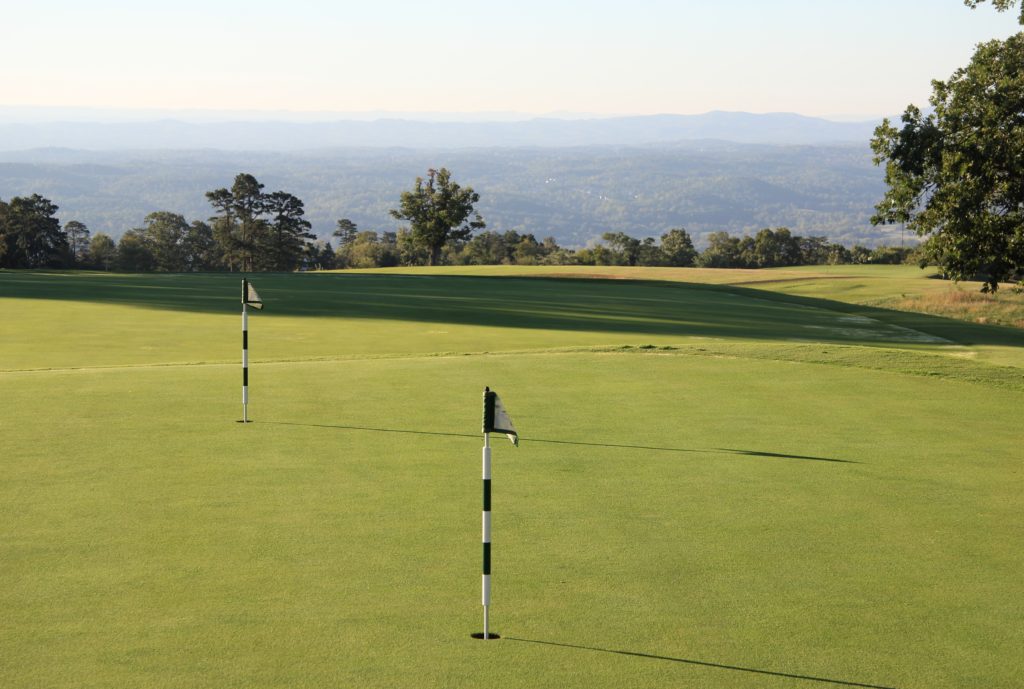
In the hole-by-hole part of the review below, look for the template holes and other Raynor characteristics. Also remember that the course was playing very firm and fast with a steady wind blowing every day. You had to tap into the links golf side of your brain, thinking about angles, backboards, running shots, and in all cases leaving uphill putts. It was great!
Hole #1 – 443 yards – “High Point” – The opening tee shot may appear wide, but anything too far right feeds down into the trees. The downhill approach to the green requires that you land shots well short and let them run on.
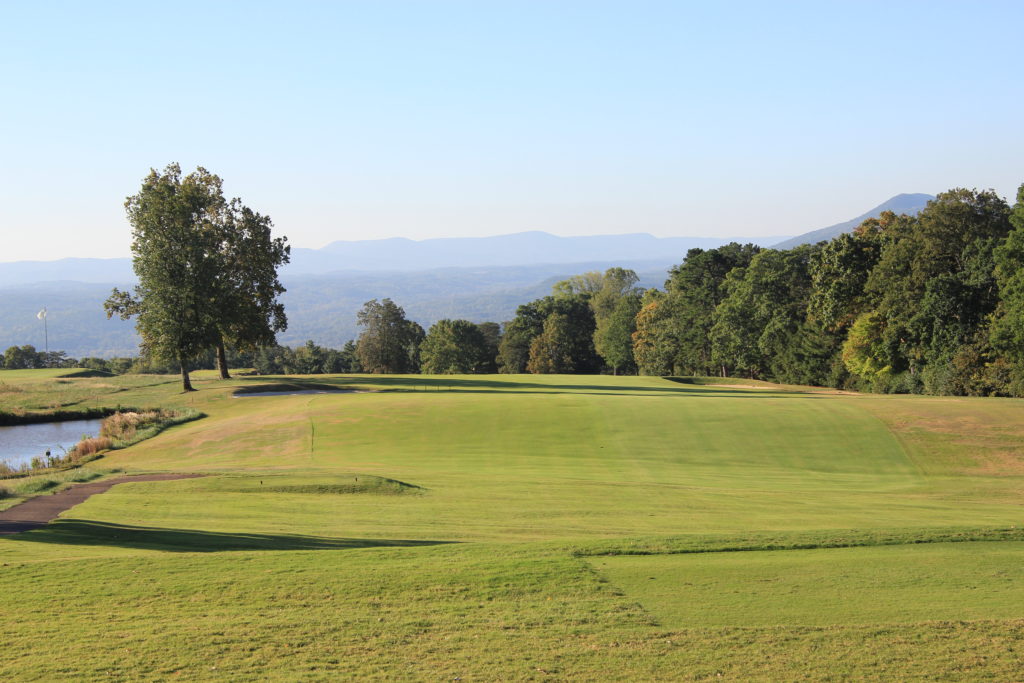
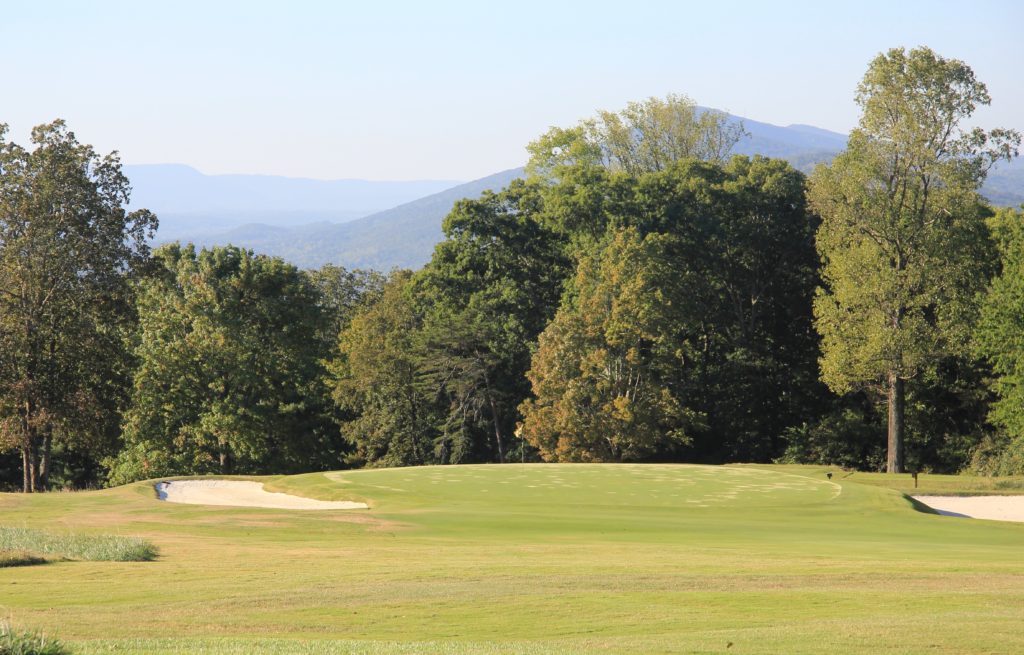
Hole #2 – 445 yards – “Valley” – The firm conditions force drives to be hit up the left side, where balls then kick toward the middle of the fairway. The approach shot is straight uphill to the green.

Hole #3 – 361 yards – “Bottle” – Length is not the challenge on this hole, but hitting the correct portion of the green is. Anything to the right of this pin is above the hole, and holding the green with your putt is nearly impossible.
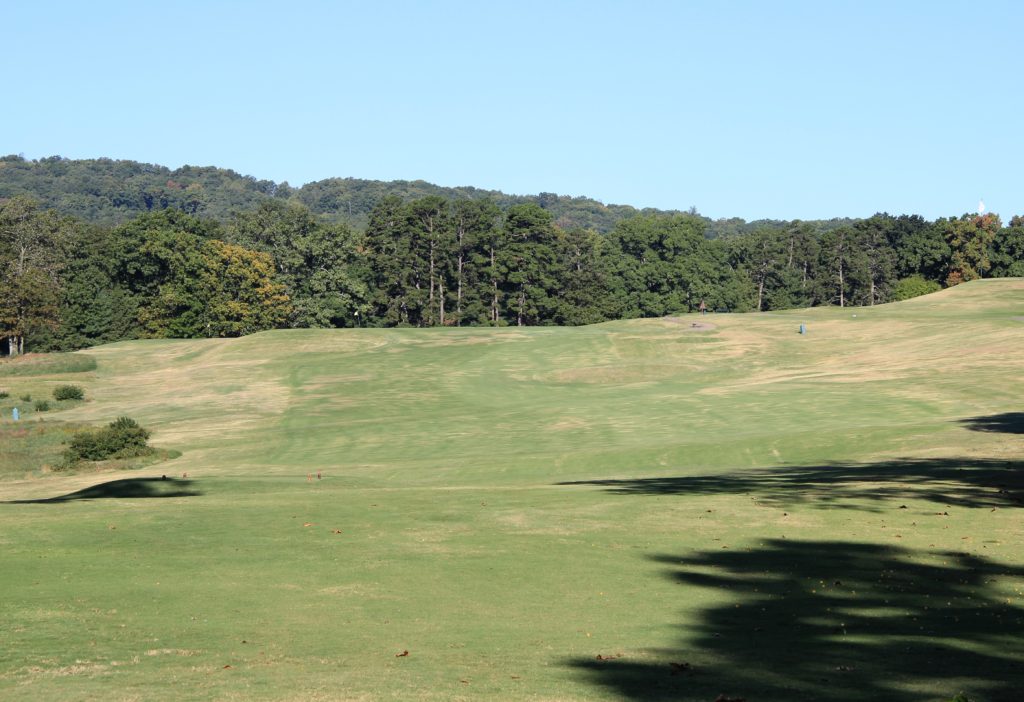
Hole #4 – 224 yards – “Biarritz” – The Biarritz at Lookout Mountain only has putting surface on the rear tier. The front tier and swale are cut to fairway length. While it isn’t uncommon for a Biarritz to only have the back tier cut to green height, I have read that there are plans to expand this green to include the swale and front tier.
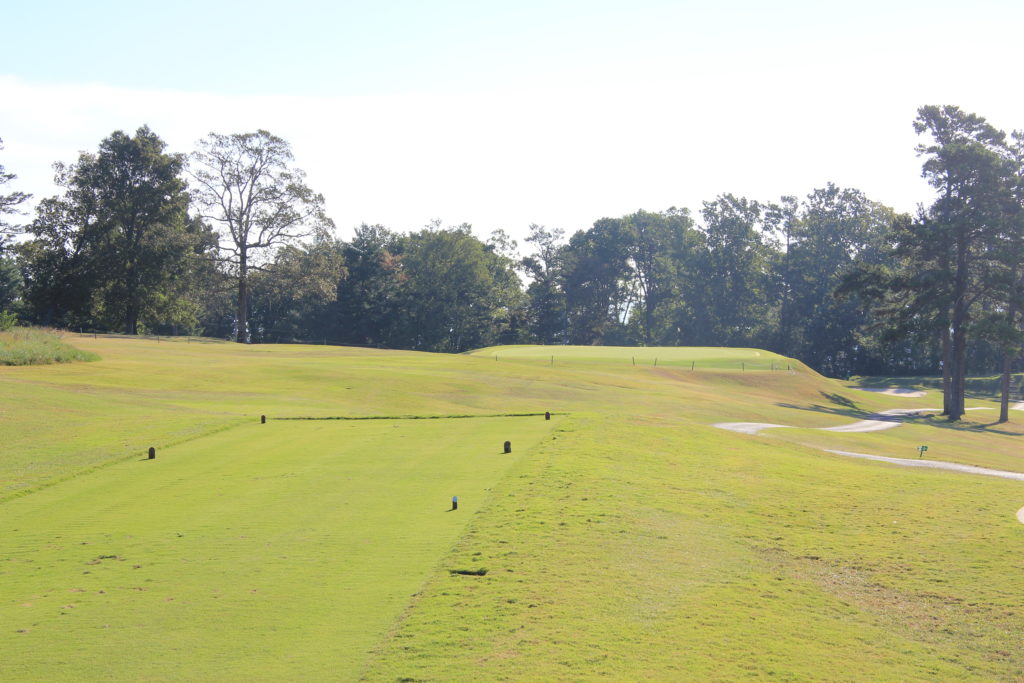
Hole #5 – 390 yards – “Bowl” – After a blind tee shot where keeping your drive left is crucial, golfers are met with the view you see below. Long and left is the safest play due to those deep bunkers on the right, but that also leaves a downhill putt toward the hole – an absolute no-no on these greens!
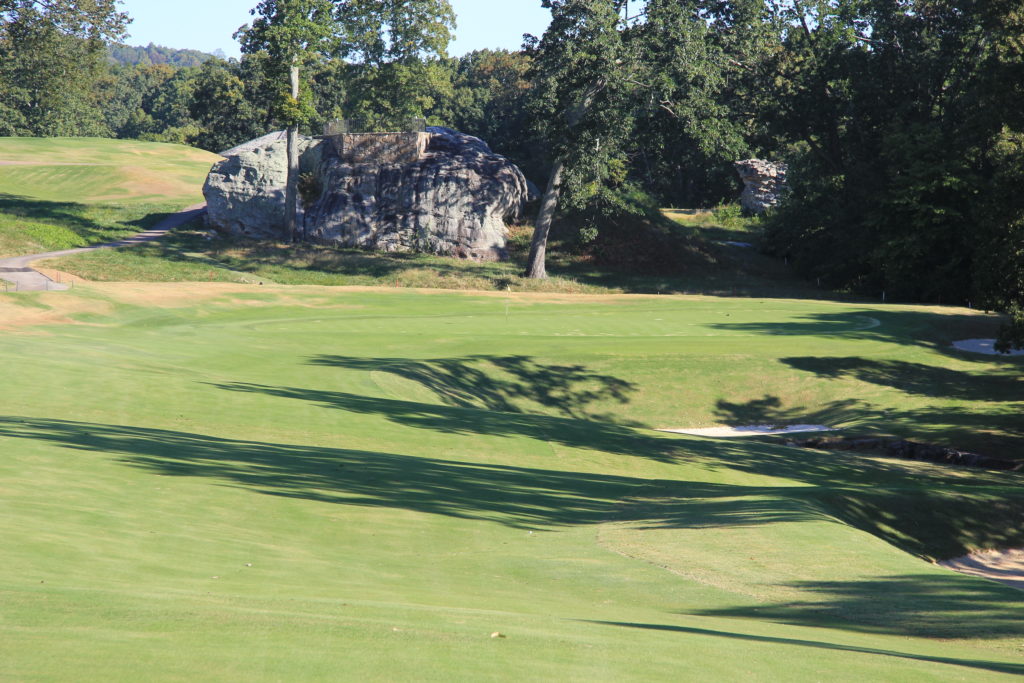
Hole #6 – 126 yards – “Short” – Followers of Raynor will know that “Short” holes typically have a single bunker that surrounds the green “moat” style. That is in the plans here as well, and at this point, the only bunkers are in front of the green. Anything right or over the green is dead down steep banks. The rear tee has to be mentioned here as well. It is a real grass tee on top of a boulder that provides not only a good view of the hole, but an amazing view looking back down the 5th hole.
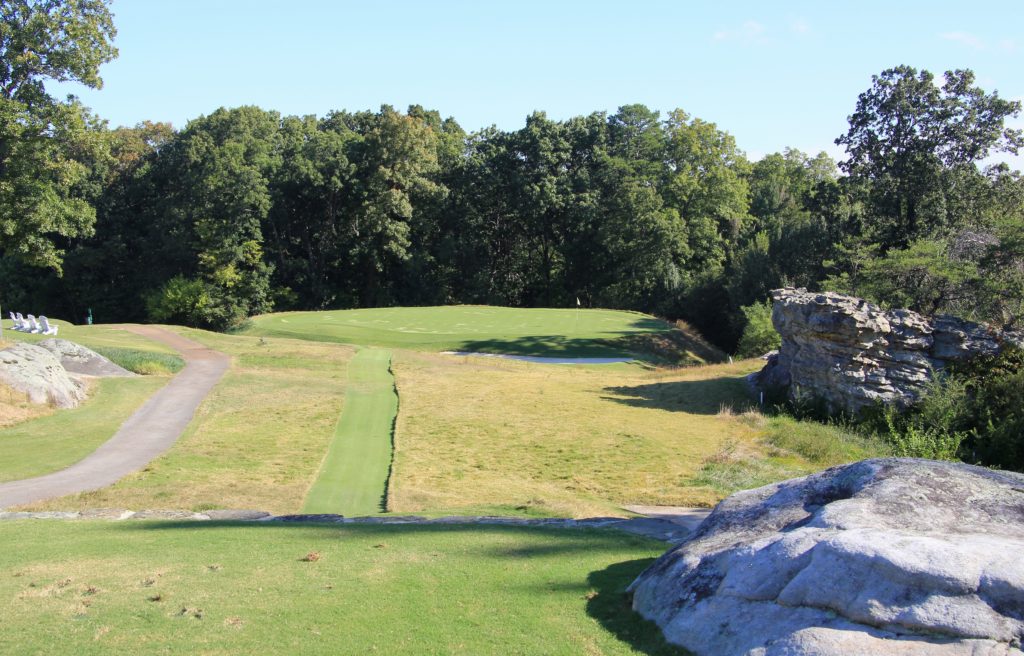
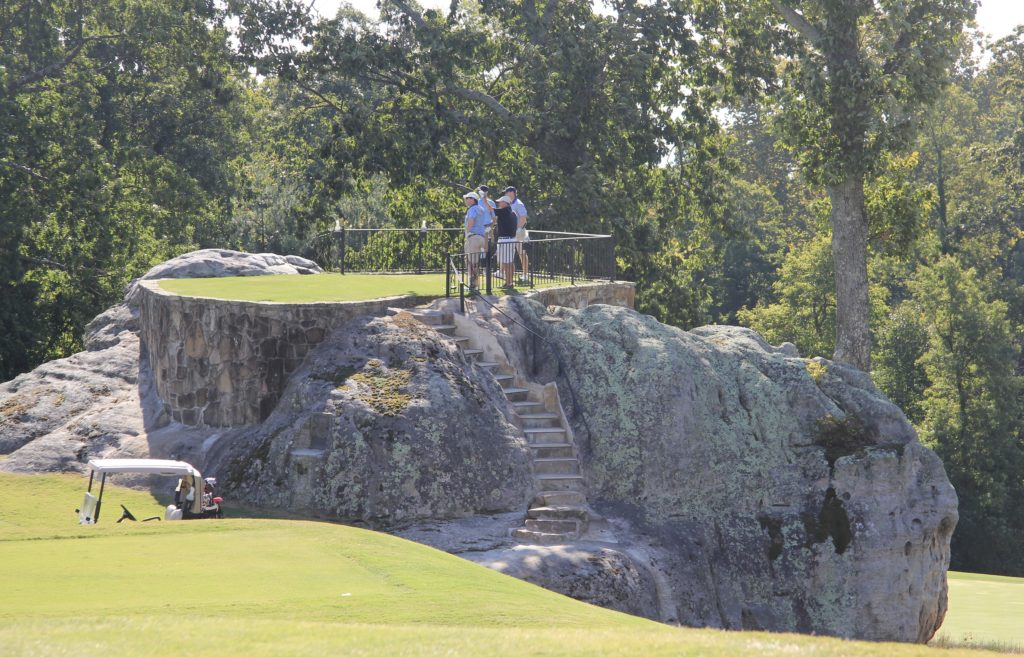
Hole #7 – 455 yards – “Long” – Just in case you didn’t remember you were playing mountain golf, you’re reminded on the 7th hole. Longer drives can climb the hill, but everyone will have a difficult blind approach to the green, which sneaks back to the right. This hole separates the men from the boys.
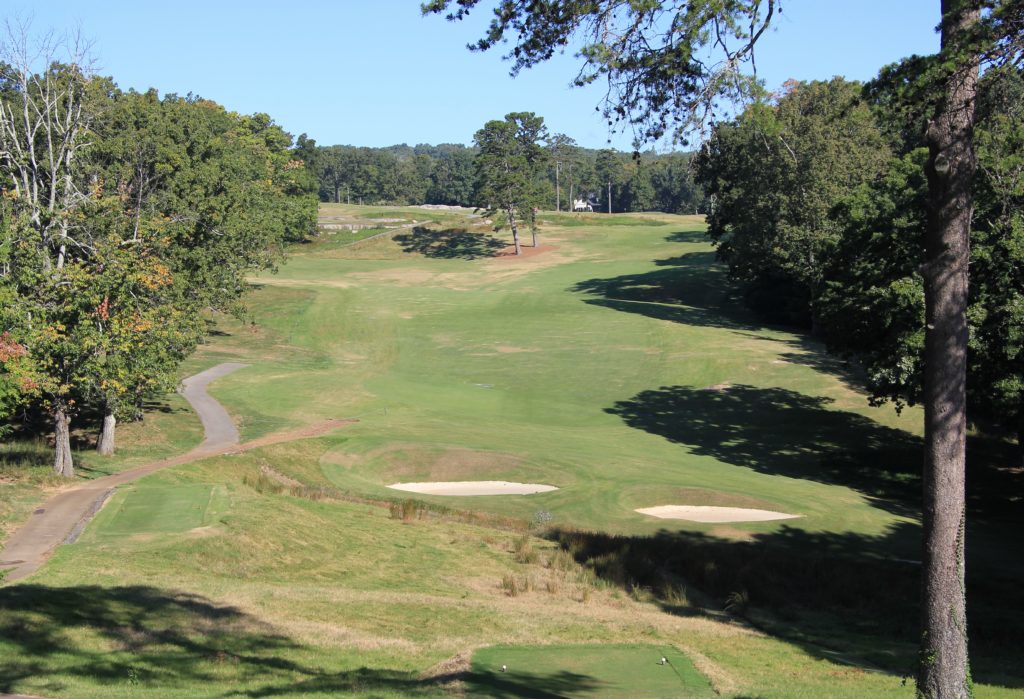
Hole #9 – 375 yards – “South” – The ninth traverses across a hillside working right to left. Exposed rock up the right side of the hole adds a lot of character, and based on my limited experience, this is one of the hardest greens to read on the course.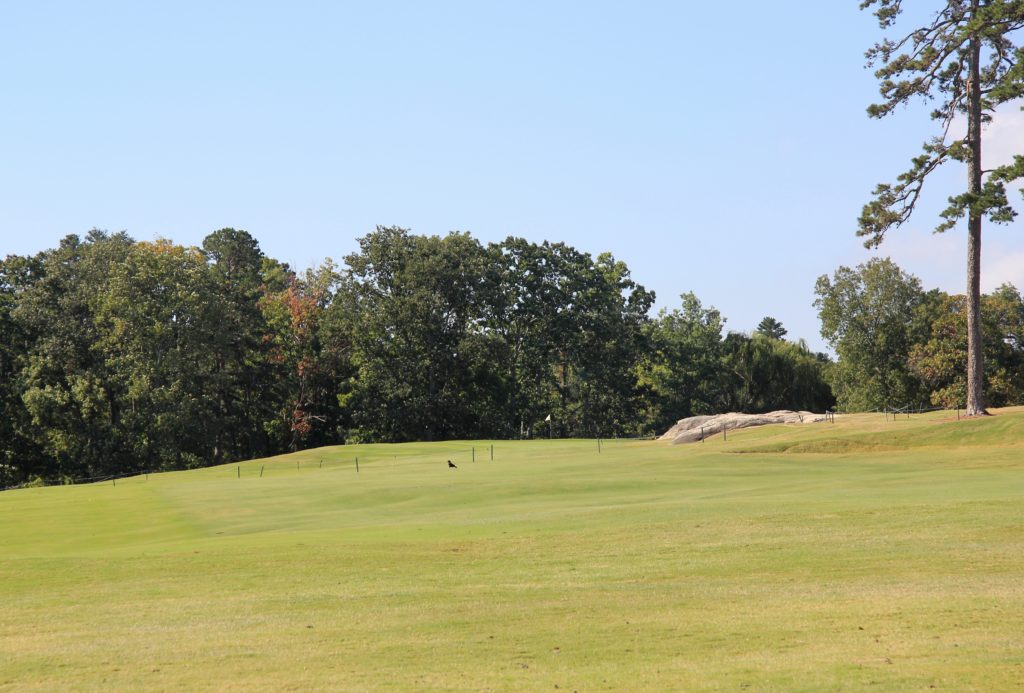
Hole #10 – 570 yards – “Cape” – This dogleg left Cape is one of the most beautiful par 5s that I have seen. The green and view beyond it aren’t visible from the tee, so there is a dramatic reveal as golfers walk up the fairway (the first photo below is the reveal while the second is looking back from the green toward the tee).

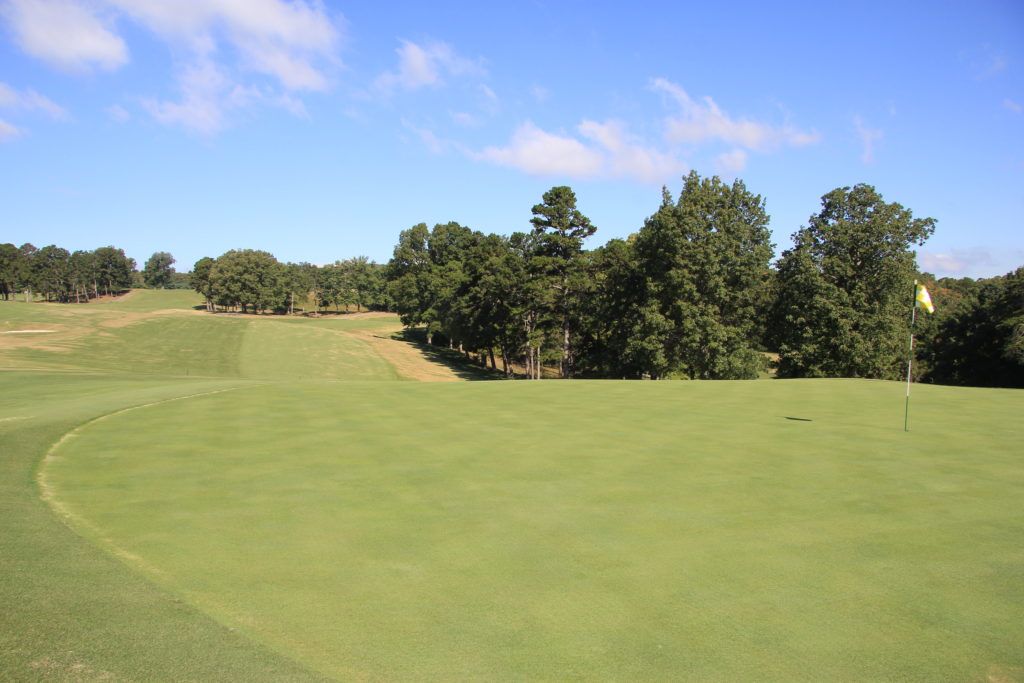
Hole #11 – 418 yards – “Alps” – The Alps hole at Lookout Mountain is one of the most famous on the course. The drive is fairly straightforward, but keep in mind that the wind really starts whipping on this exposed high point. Cresting this hill to see the green, result of your shot, and the view beyond captures everything I love about golf.
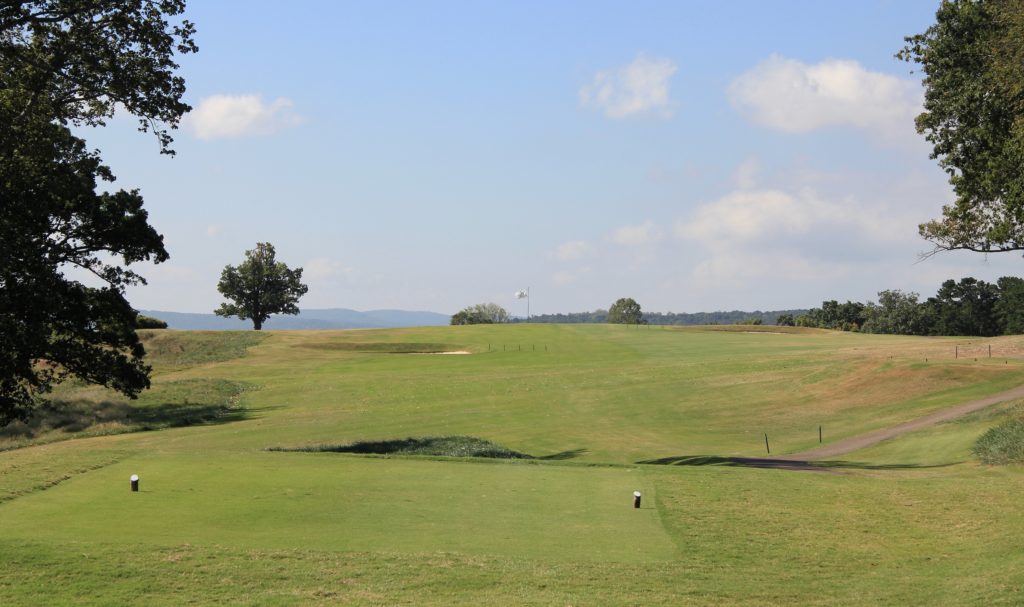
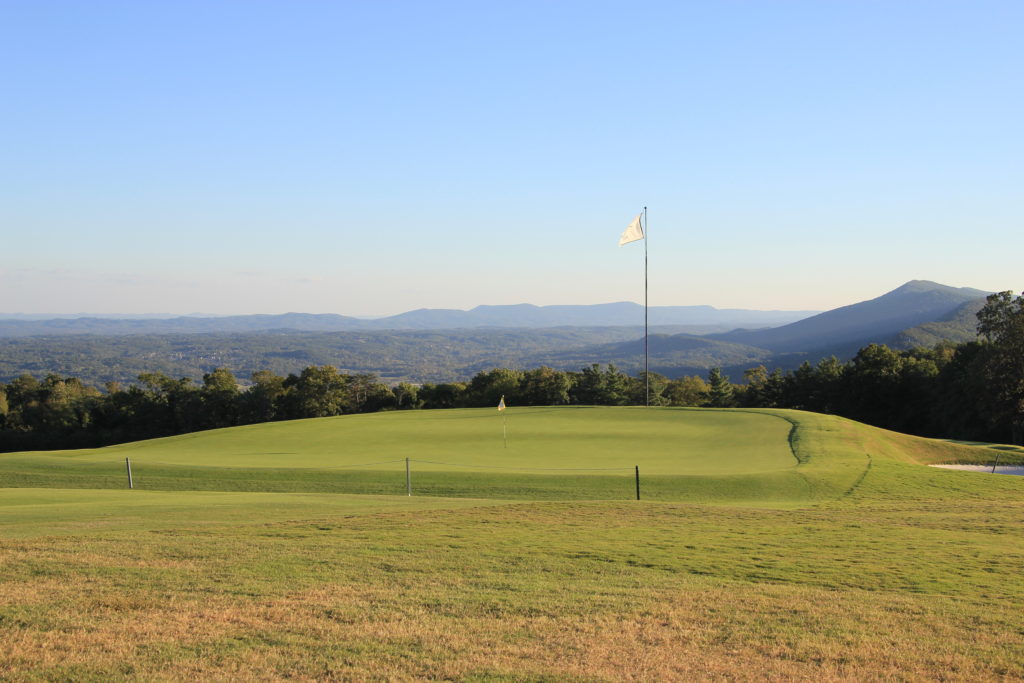
Hole #12 – 390 yards – “Pond” – In some ways, the front nine ends here on the twelfth hole. This green sits right beside the clubhouse, so instead of playing a quick nine, the course sets up for a quick twelve. The uphill approach to this green requires distance control and accuracy, particularly on a windy day.
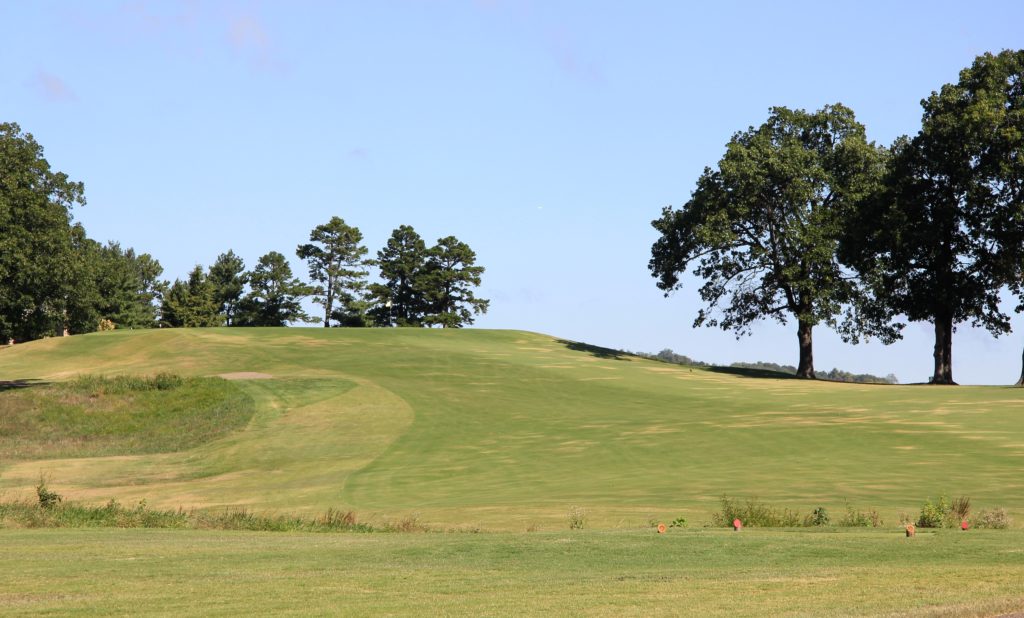
Hole #13 – 203 yards – “Redan” – The “back six” holes start with the Redan. If the front right portion of this green was more pronounced, it would play more like a traditional Redan. As it stands now, a ball can land and stay on the front right portion of the green. That said, there are few Redan holes with a better view in the entire world!
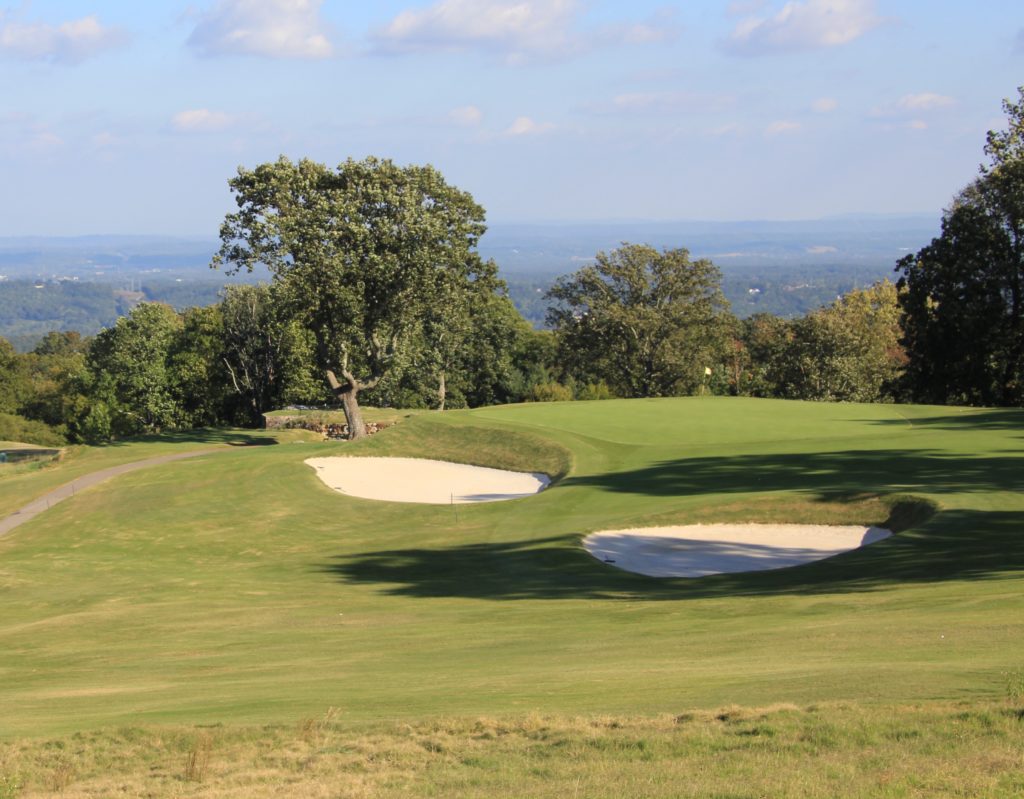
Hole #14 – 490 yards – “Lido” – Meet another green where being above the hole equals death. Although the yardage may not seem extreme, the hole plays much longer due to the raised green. The hole was originally a par 4, but was changed to a par 5. Not visible in this shot is a string of cross bunkers right at the base of the hill.


Hole #15 – 456 yards – “Road Hole” – I’m embarrassed to say that I didn’t capture any photos on the 15th. The green mirrors the major elements of the Road Hole green, and two great shots are required to get on in regulation.
Hole #16 – 170 yards – “Eden” – Our group also found this to be one of the most difficult greens on the course. The green slopes back to front like a traditional Eden and being above this hole invites a three-putt, or worse.
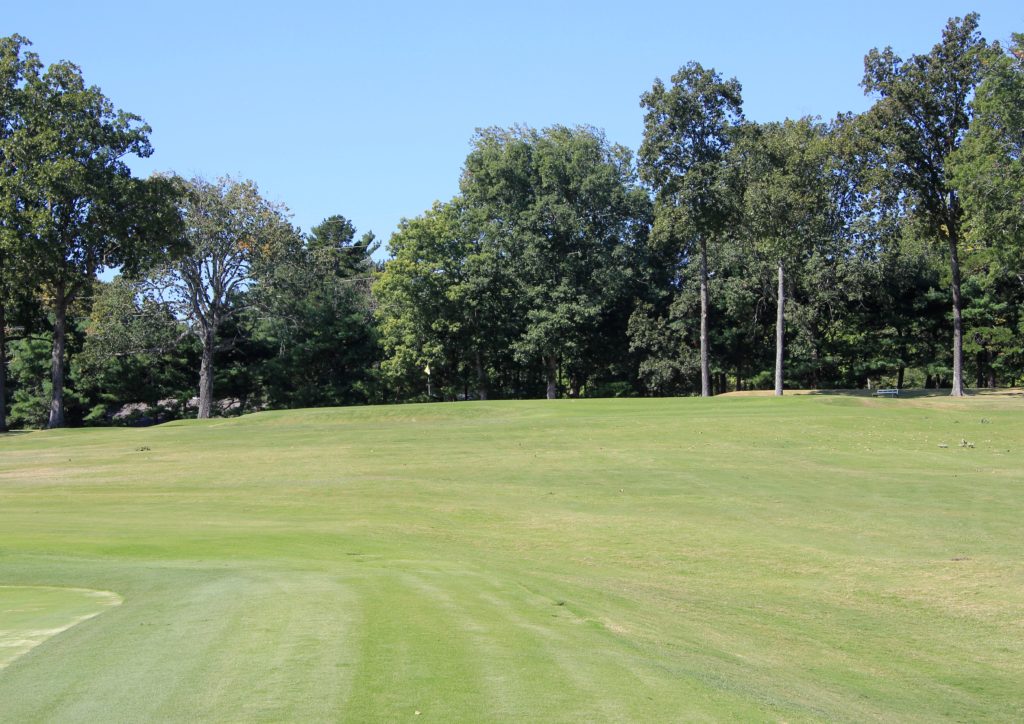
Hole #17 – 410 yards – “Double Plateau” – Fairway bunkers narrow this fairway, but if you sneak past them, you’re left with the shot seen below. The green was one of my favorite on the course, especially with that back right pin position.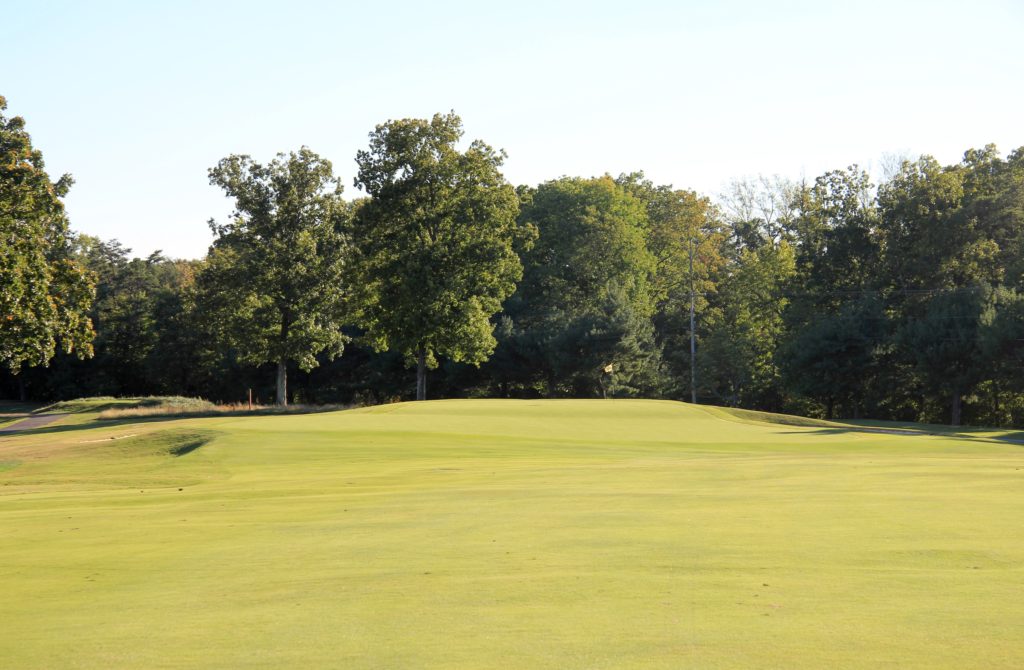
Hole #18 – 385 yards – “Maiden” – While this hole may appear simple, it’s a great chance to make a terrible score at the final steps of the round. The best play is an iron down the middle of the fairway, leaving a mid-iron approach to the green. Anything too far left kicks down to the tree line, while anything right feeds through the trees into OB.
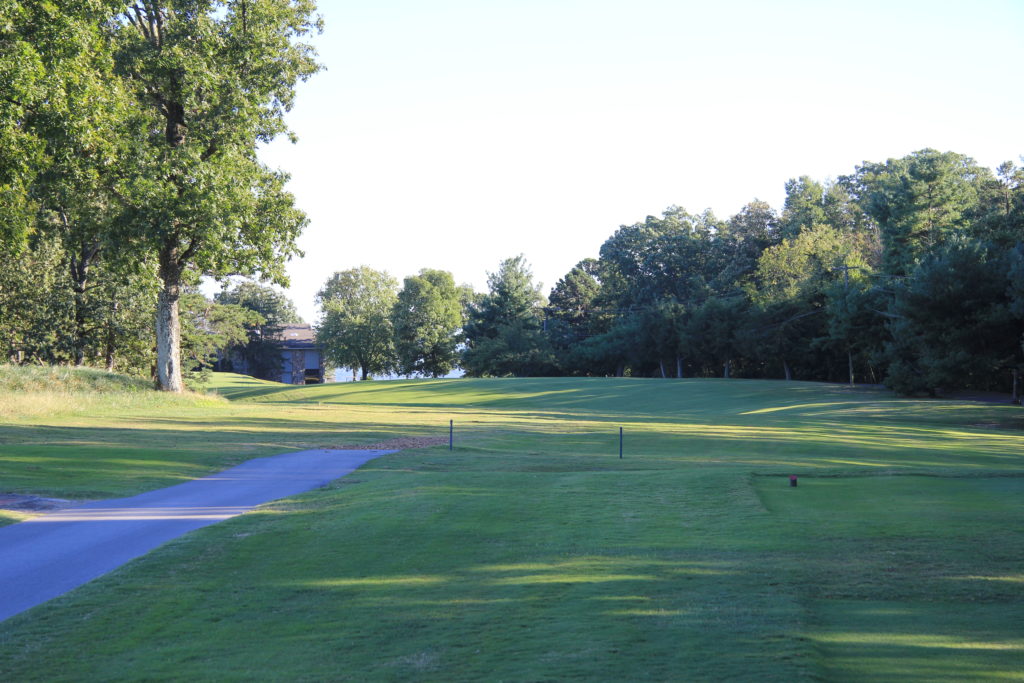

One of the other standout aspects of Lookout Mountain Golf Club is the membership, who were welcoming and more than anything, proud of what they had there on the mountain. Their pride in Lookout was contagious, and I drove back to South Carolina from Tennessee wanting to spread the word of what they have at their fingertips.


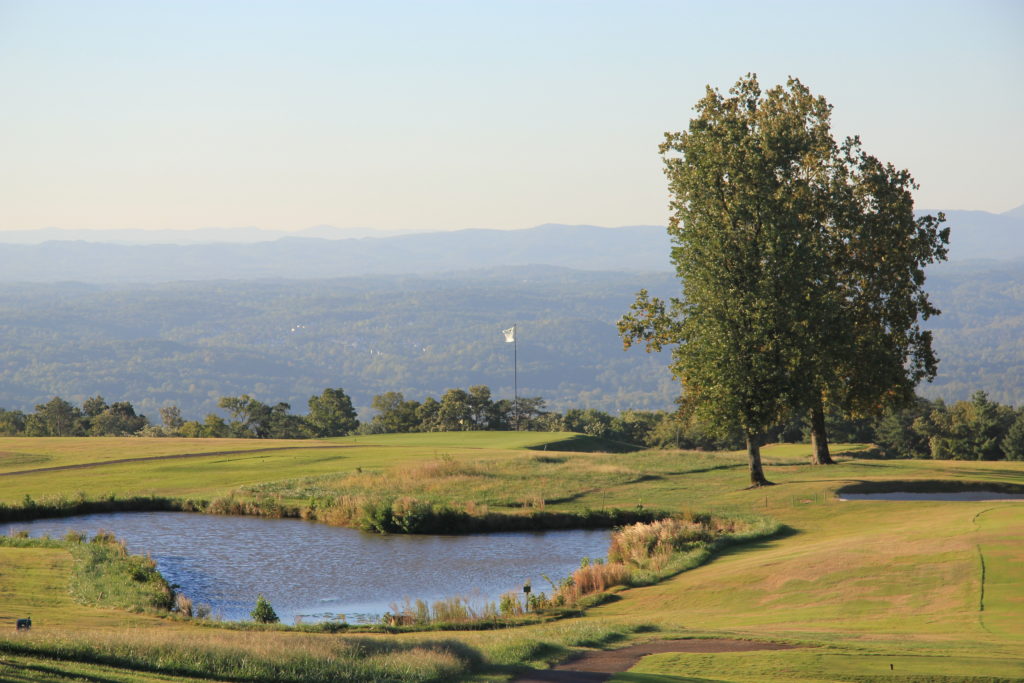

One Comment on “Lookout Mountain Golf Club Review”
I played this course last weekend. I’ve played many courses and this one ranks at the top. Great layout, great views, great condition. If I had to pick one course only to play for the rest of my life it would be this one